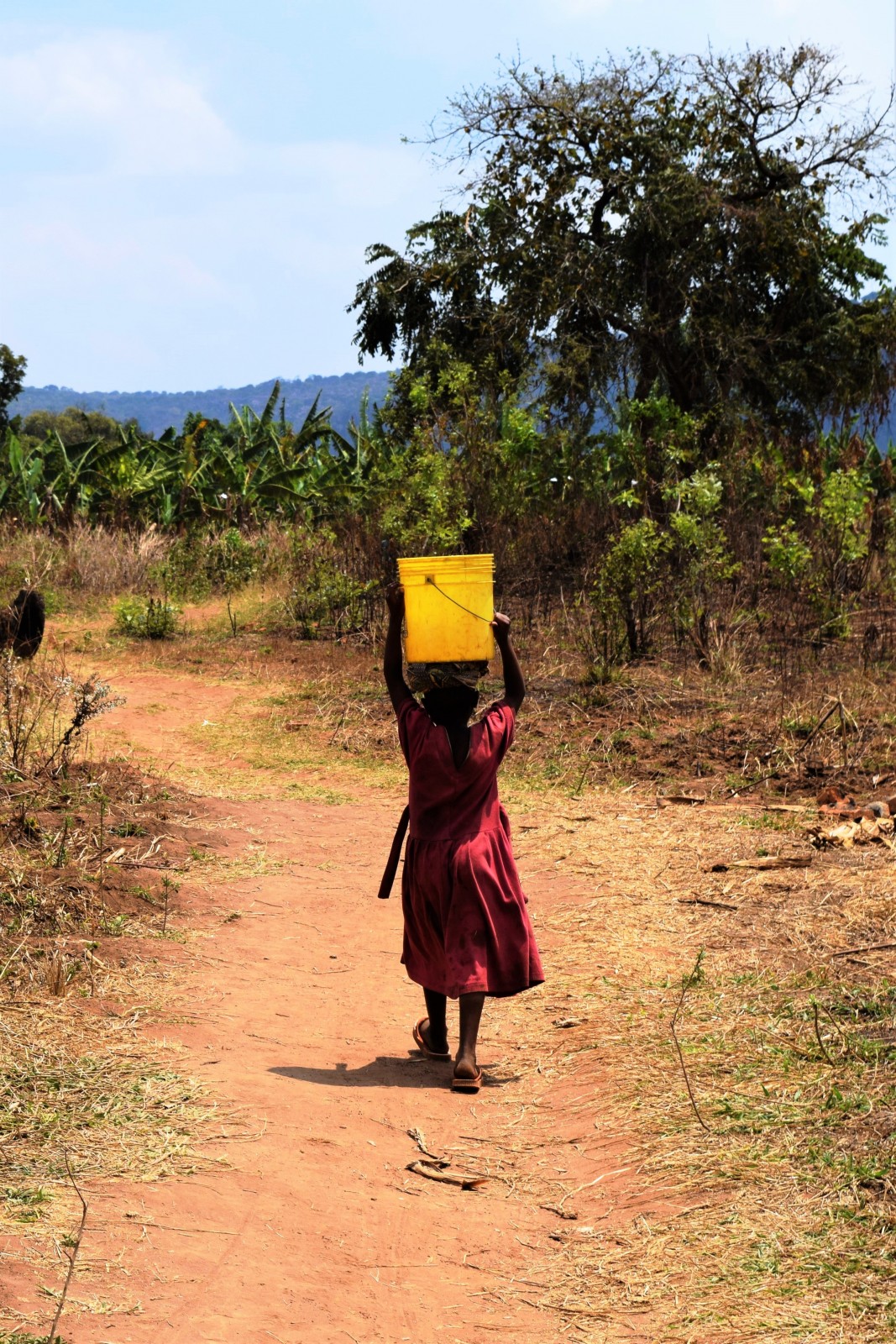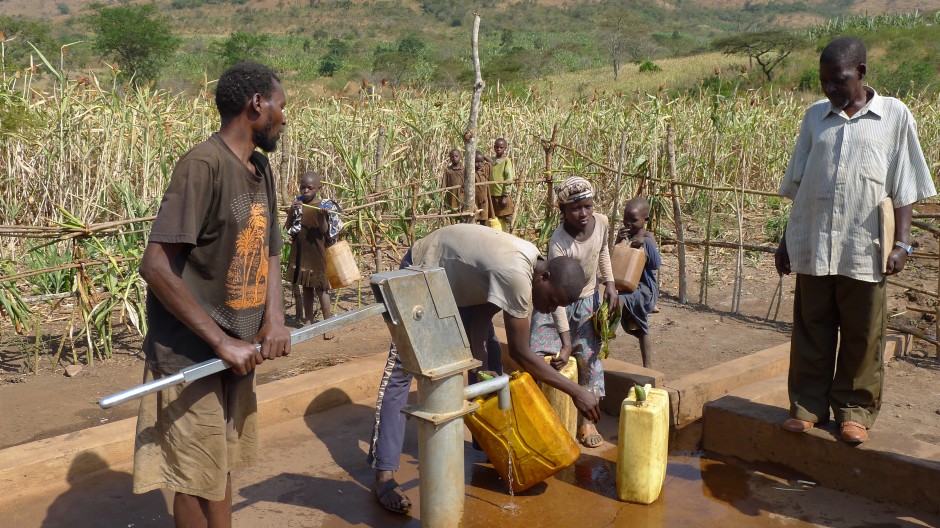The importance of access to safe drinking water in our lives is quite obvious. Although its relation with gender equality and sustainable development may be less so. In this article, Bárbara Zambelli Azevedo explores the relationship between the two and discusses what geoscientists can do to improve the situation.
In 2017, according to the WHO, over 2.1 billion people still don’t have access to safely managed water (“safely managed drinking water means drinking water free of contamination that is available at home when needed”). It represents 3 out of 10 people worldwide! This number also includes 844 million people that don’t even have a basic drinking water service (more than Europe’s entire population), 263 million who have to spend over 30 minutes per trip outside their homes collecting water and 159 million who still drink untreated surface waters.

Daily collection of water in Tanzania (Credit: Joel Gill, distributed via imaggeo.egu.eu)
Target 6.1 of Sustainable Development Goal 6 states “by 2030, achieve universal and equitable access to safe and affordable drinking water for all”. Here is a map showing the progress of access to water from 1990 to 2017 and projections to 2030.
But how does the lack of access to water impact women’s lives? Around the world, in many societies, women and girls are more likely to be responsible for the collection and management of household water supply, sanitation and health. Water is not only used for drinking and cooking purposes but also for cleaning, laundry, personal hygiene, and care of domestic animals, among other uses. Because of their dependence on water resources, women are also unduly affected by water scarcity, climate change and disasters.
Groundwater in India
According to the World Bank, India uses approximately 230km³ per year of groundwater, being the largest user of groundwater worldwide. Over 85% of drinking water comes from groundwater sources.
This exploitation of groundwater is causing a scenario of scarcity of agricultural and drinking water, especially during drought years, in both Guajarat and Rajasthan watersheds. Those watersheds have hard rock aquifers, with low connectivity, limited storage capacity and large groundwater fluctuations. In Dharta watershed (Rajasthan), groundwater trends from the past 20 years are showing a net rate of groundwater depletion. A survey took place in eight secondary schools located in Rajasthan and Guajarat watersheds in semi-arid regions in India, relating groundwater scarcity to school absenteeism of female students. The main objective was to assess students’ perceptions of groundwater scarcity and their educational opportunities.
As a result, more than 90% of the students surveyed in both watersheds identified groundwater scarcity as a major issue. Around 95% reported that they are involved with housework aside from their studies. Usually, females are responsible for fetching drinking water, cooking, cleaning and taking care of their young siblings, while males helped with farming work. They associated directly their absenteeism from school to demand for home duties. In this sense, increasing groundwater scarcity is expected to intensify household chores, particularly on females to fetch water, who have to walk longer distances and spend more time executing this task. This may impact on inclusive educational opportunities for female students. Water scarcity was identified as being a primary factor influencing school attendance by 77% of female students who missed school.
What geoscientists can do?
Groundwater is a precious resource for communities, although optimising its potential can be difficult. Firstly, groundwater can not be found everywhere, which make drilling a risky business. Secondly, the quantity and quality of water that can be withdrawn in a borehole can vary just within a few meters.
Geoscientists can help by doing a good siting for a borehole, for example. This requires a professional with suitable training, experience of siting boreholes and knowledge of the best types of survey to carry out. This person can be a geologist, a hydrogeologist or an engineer with sufficient geoscience understanding. A consistent approach for well location involves identification of features on the ground that may be favourable for groundwater occurrence, selection of the most suitable geophysical method (if needed), data interpretation and stakeholder consultation. The dialogue with a community is important in terms of understanding where users would like boreholes to be. The (hydro)geologist need to point out contamination sources such as latrines, burial sites or other forms of pollution. They will also find out who owns the land and if it can be accessed by the community (read more). To know more about siting of drilled water wells, download this resource.

Borehole in Tanzania (Credit: Tumaini Fund)
Supply of clean water is fundamental for permitting women and girls to devote more time to the pursuit of education and income generation. Geoscience is fundamental to delivering SDG 6 (clean water) but also SDG 5 (gender equality).

Alex de Sá
Salut Bárbara,
I think there is a pretty strong relationship between clean water, gender equality and geoscience knowledge. And you just made us understand that in a really easy way (seems that science communication is working!). Besides that I think that you are exactly when you show us the water issue in a systemic perspective way, including ways to resolve it. Brilliant!